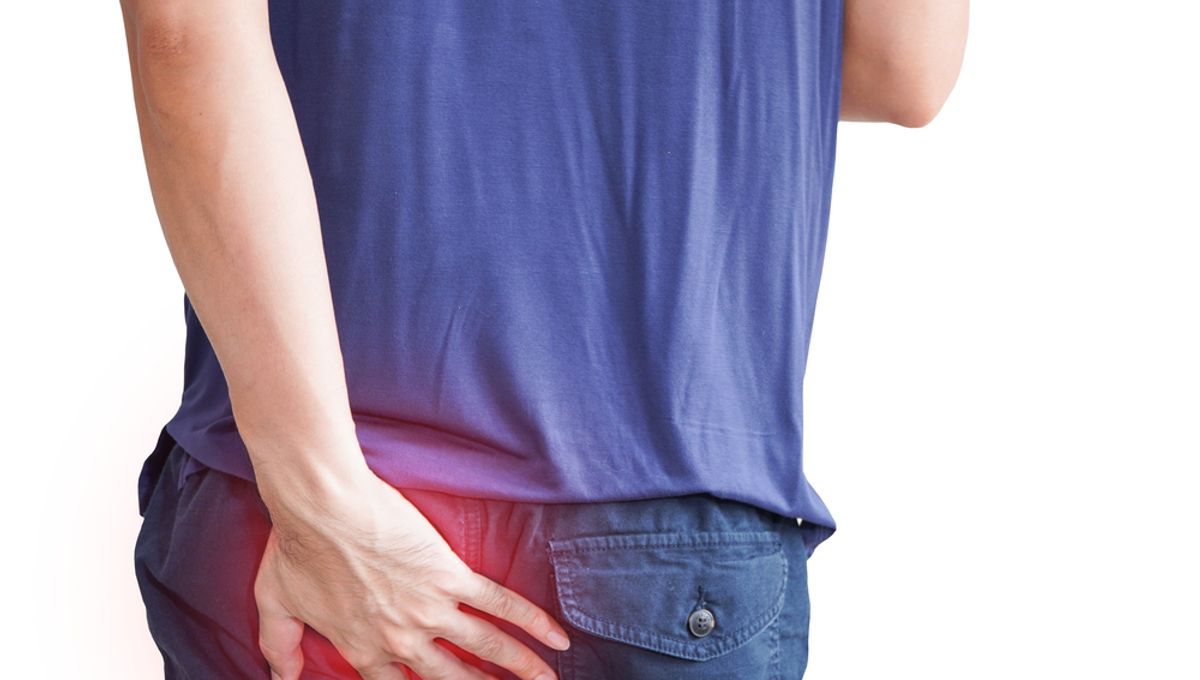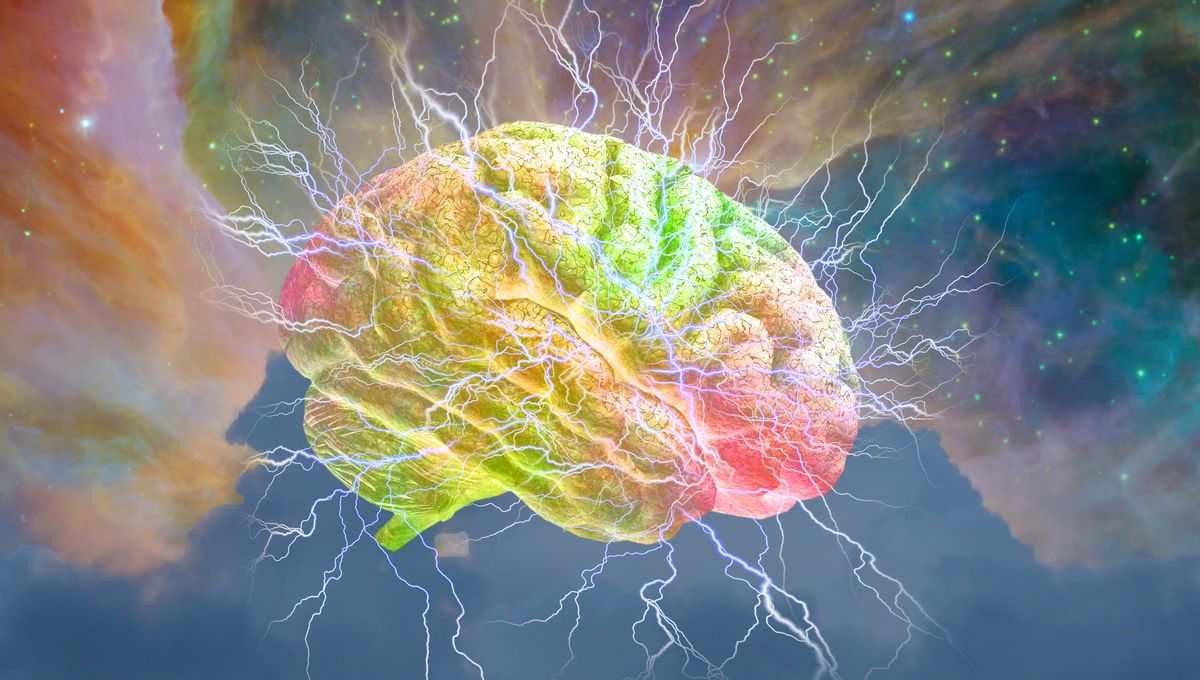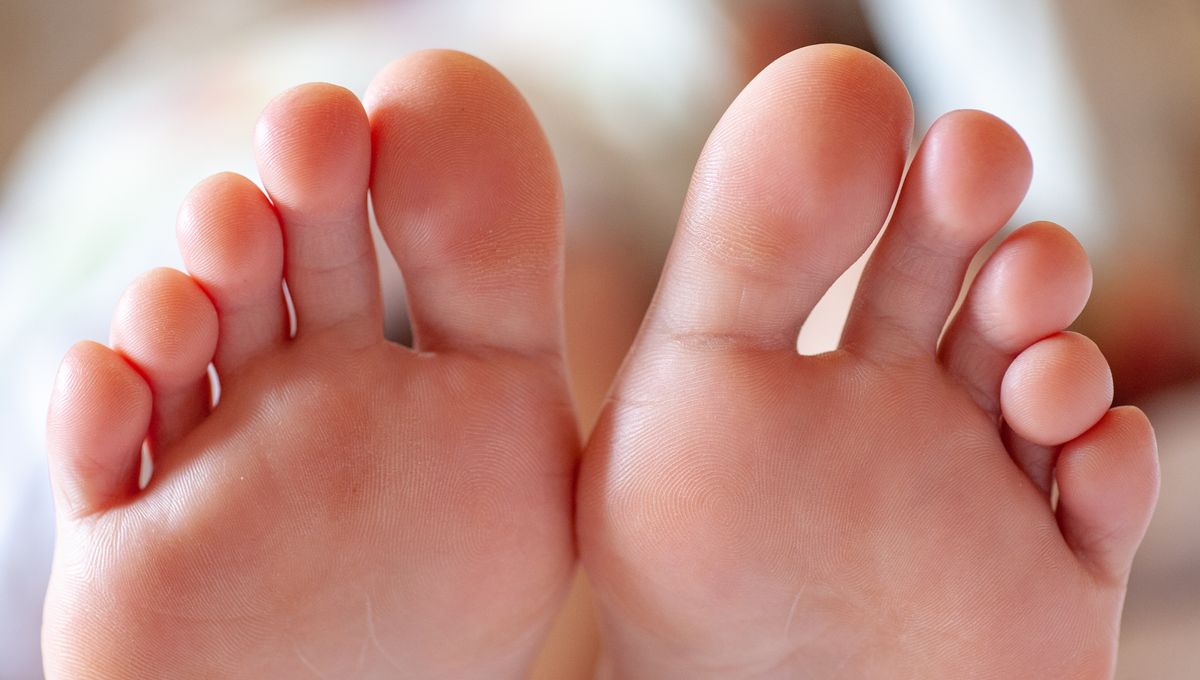Julie Moss – who entered the Hawaii Ironman Triathalon as part of her research for her exercise physiology thesis – unfortunately, lost control of her legs and bowels at roughly the same time during the marathon event, which is as messy as you’d imagine. If you need further help imagining it, she described the incident as the “ultimate, giant, chocolate mess”.
So what is it about the sport that makes so many participants poo-their-pants?
First off, runner’s diarrhea, as it is known, is a real thing. A study published in the National Library of Medicine in 1992 asked 109 long-distance athletes about their bowel movements around their runs. Sixty-two percent reported that they had stopped for a bowel movement during training, 43 percent said that they had “nervous” diarrhea before a race, 51 percent said that they had experienced diarrhea after a race, and 12 percent reported full-on fecal incontinence while running.
Often these episodes occurred alongside abdominal pain and rectal bleeding. The study states that “any form of ‘runners’ diarrhea was unrelated to age, previous intestinal infection or food poisoning, food allergies, or dietary fiber.” A separate study found that up to 90 percent of participants in endurance races experience some sort of gastrointestinal symptom.
As for the cause, it’s a mixture of factors. “During physical exercise, the increased activity of the sympathetic nervous system … redistributes blood flow from the splanchnic organs to the working muscles,” one review suggests. “A severely reduced [blood flow to the abdominal gastrointestinal organs] may frequently cause GI [gastrointestinal] ischaemia [a condition, which causes the symptoms of diarrhea and abdominal pain, among others]”.
On top of that, runners may find it difficult to control their anal sphincters while they work so hard with their other muscles.








